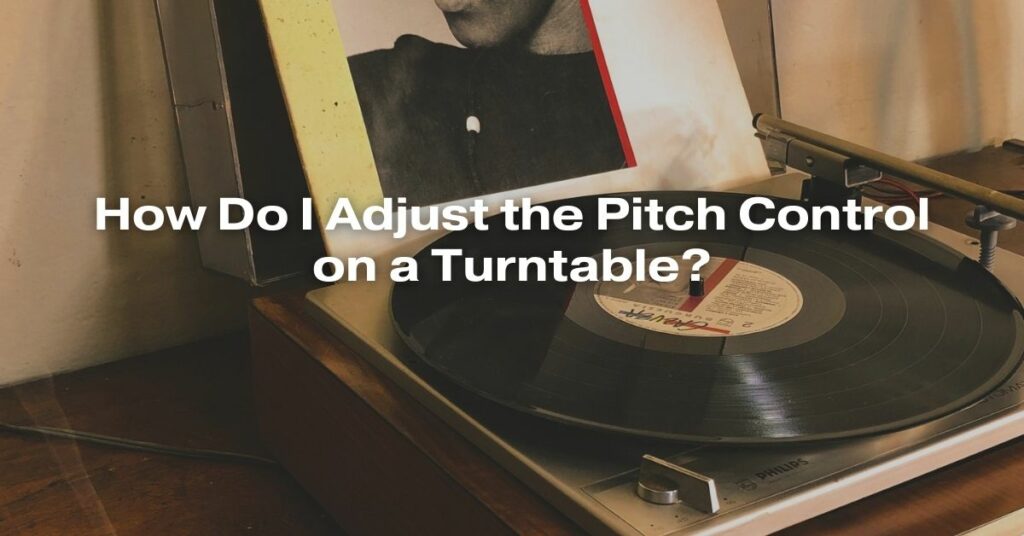The mesmerizing world of vinyl records has captivated music enthusiasts for decades, offering a unique listening experience that blends nostalgia with unparalleled sound quality. At the heart of this analog haven lies the turntable, a sophisticated device that delicately spins records, extracting the intricate melodies embedded within their grooves. Among the turntable’s essential components is the pitch control, a crucial feature that ensures the accurate playback of your cherished vinyl collection.
Pitch control, also known as turntable pitch adjustment, is the ability to fine-tune the rotational speed of the turntable platter, thereby altering the pitch or musical key of the record being played. This meticulous control is particularly vital for DJs who seamlessly blend and transition between tracks, demanding precise synchronization of tempos.
Locating the Pitch Control Knob
Before embarking on your pitch adjustment journey, it’s essential to locate the pitch control knob, typically found on the front panel of the turntable. This knob, often accompanied by a numerical scale, allows you to increase or decrease the turntable’s speed, effectively raising or lowering the pitch of the music.
Understanding Strobe Marks and Calibration
Many turntables feature a built-in strobe light and markings on the platter’s edge, providing a visual reference for accurate pitch calibration. When the turntable is spinning at the correct speed, the strobe light will illuminate the markings, creating the illusion of stationary lines. If the lines appear to move, it indicates a deviation from the desired speed, requiring pitch adjustment.
Fine-Tuning with a Reference Tone
For turntables lacking a built-in strobe, a reference tone can be used for pitch calibration. Specialized test records often include a reference tone of a specific frequency, which can be matched using a digital tuner. By adjusting the pitch control knob until the tuner indicates the correct frequency, you ensure accurate playback.
Adjusting Pitch for Optimal Listening
Once you’ve located the pitch control knob and familiarized yourself with calibration methods, it’s time to fine-tune the pitch for optimal listening. Begin by playing a familiar record and carefully listening to the pitch. If the music sounds noticeably higher or lower than usual, use the pitch control knob to make subtle adjustments until the pitch sounds natural.
Preserving Pitch Accuracy
To maintain pitch accuracy over time, it’s crucial to handle your turntable with care. Avoid placing it on unstable surfaces or subjecting it to excessive vibrations, as these factors can affect the turntable’s internal mechanisms and compromise pitch stability. Regular maintenance, such as cleaning and lubricating the platter bearing, can also contribute to long-term pitch accuracy.
Conclusion
Mastering pitch control on your turntable opens a gateway to a world of precise music reproduction and seamless DJ mixes. By understanding the nuances of pitch adjustment and utilizing calibration techniques, you’ll ensure that your vinyl records deliver their intended melodies, preserving the authenticity of the music you cherish.

